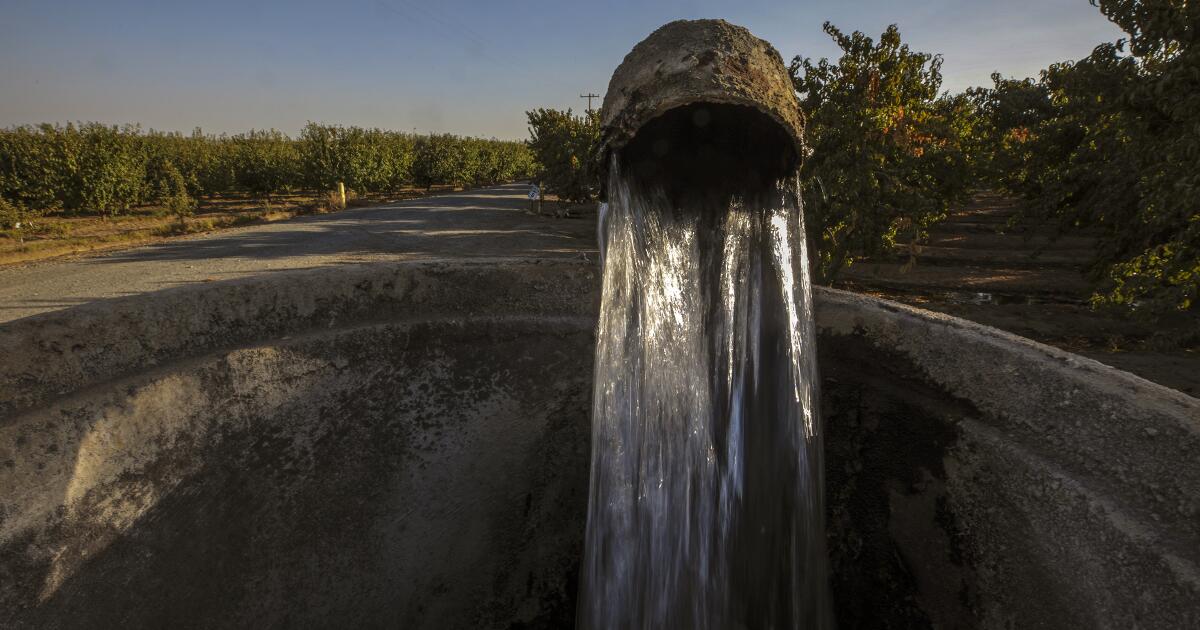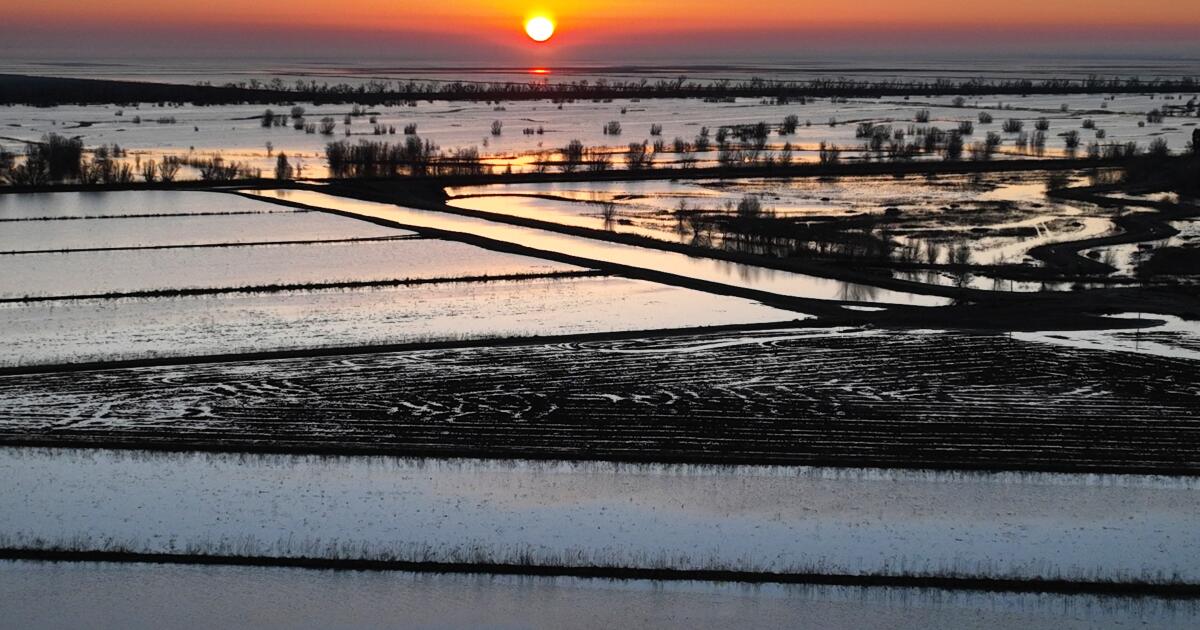
As Groundwater Dwindles, Powerful Players Block Change
New York TimesHere are some of the people fighting efforts to conserve a vital resource that’s disappearing across the United States. Matthew Hamon for The New York Times Montana has declared this area a “closed basin,” meaning there isn’t enough surface water, like rivers and lakes, for new users. Groundwater level change, 2002–22 –80 ft. –60 –40 –20 0 +20 District 4 Kansas City Topeka District 1 District 2 District 5 Groundwater Management District 3 Wichita Groundwater level change, 2002–22 –80 ft. –60 –40 –20 0 +20 District 4 Kansas City Topeka District 1 District 2 District 5 Groundwater Management District 3 Wichita Groundwater level change, 2002–22 –80 ft. –60 –40 –20 0 +20 District 4 Kansas City Topeka District 1 District 2 District 5 Groundwater Management District 3 Wichita Groundwater level change, 2002–22 –80 ft. –60 –40 –20 0 +20 Kansas City Topeka Groundwater Management District 3 Wichita Groundwater level change, 2002–22 –80 ft. –60 –40 –20 0 +20 Kansas City Topeka Groundwater Management District 3 Wichita Groundwater level change, 2002–22 –80 ft. –60 –40 –20 0 +20 Kansas City Groundwater Management District 3 Topeka Wichita Source: Kansas Geological Survey Many of the landowners eligible to vote in district elections live elsewhere, renting out their farms but retaining control over water policy, said Lucas Bessire, an anthropology professor at the University of Oklahoma who wrote a book, “Running Out,” about the depletion of the aquifer beneath southwest Kansas. Last year, Ms. Vaughn, the top Democrat on the state’s water committee, tried to open elections for groundwater management districts to all local residents, part of a broader package of reforms. David Robert Elliott for The New York Times Mark Rude, the water district’s executive director, defended restricting control of groundwater to large landowners.
Discover Related






































)
